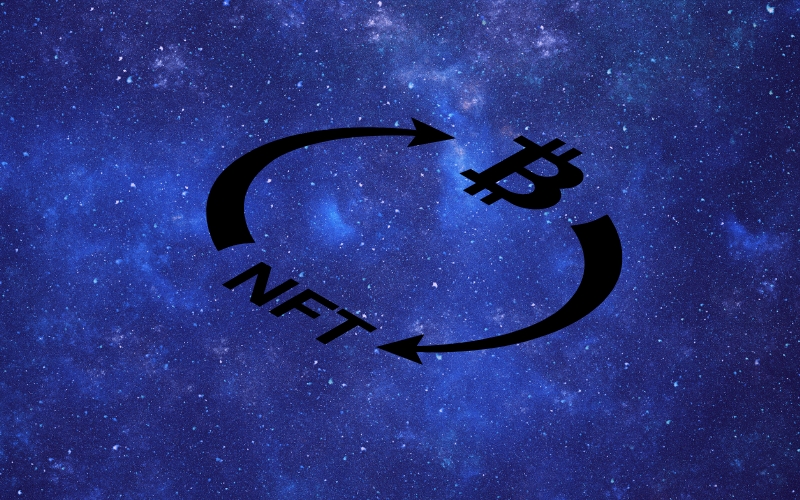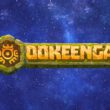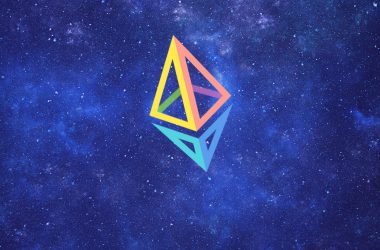- Ordinals on BTC are growing exponentially, relying on the rarity of marked Satoshi units.
- The BTC network experienced congestion after ordinals trading exceeded the volumes of NFT on OpenSea.
- New markets are rising for the combination of BTC records and NFT art.
For the past three months, ordinals have been added to the mix of Web3 features. Ordinals are unique records on the Bitcoin network, connecting content to specific Satoshis, the smallest unit of BTC. Until recently, adding content to BTC was sporadic, but the trend of ordinals means now collection issuers are tying their NFT to the BTC blockchain, giving it another layer of security and rarity.
The problem is that demand for ordinals-based NFT has grown exponentially, leading to network congestion and high fees. Bitcoin experiences congestion during active periods of trading, but this time, it is NFT that may be leading to delayed transactions and a backlog.
Based on fees paid to use ordinals, or marked micro-units, the trend is already affecting users. Ordinals arrive at a moment where creators and developers are seeking new NFT tools to revive trading and improve user experience.
Ordinals already in circulation are also going through the rapid cycle where NFT are trending, with highly active trading. It is possible that older ordinals exist, and may join the list of tradable NFT.
Are There Tools for Ordinals Usage
During the May boom, Ordinals NFT are still a hot trend, though with some signs they may be more than a novelty. For now, the tools to build ordinals collections are still rare. OpenSea may be adding listing positions for those NFT based on ordinals, or even rare-number ordinals.
Ordinals trading will still require its own marketplaces and tools, as well as dedicated wallets. The trading of ordinals also brings new opportunities for Web3 projects to return to BTC. The boom in ordinals trading is also raising the idea of using the Lightning Network for moving specific NFT and rare Ordinals with lower fees.
Former NFT portals are also changing their mode of operation to ensure BTC-based NFT trading.
Ordinals are reviving the interest in NFT trading, but are creating tensions with the BTC community. Despite this, ordinals trading is taking up nearly 8% of BTC fees at this point.
However, in addition to BTC, the Ethereum network is also a good candidate for ordinals, with some collections using ETH to store data.










